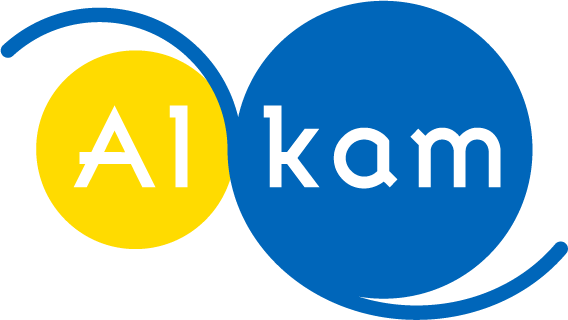Multi-page labels: maintain adhesion while reducing thickness
- Alkam
- Mar 27
- 4 min read

Multi-page labels are graphic solutions that aim to optimize small spaces in order to insert more information while maintaining high levels of quality and readability. Let's discover the main application sectors, the mandatory information and how to overcome the problem of poor adhesion caused by the thickness .
What are multi-page labels? How are they made?
The multi-page adhesive labels They feature an adhesive base for application on bottles and a series of layers to communicate a lot of information while optimising the space available on the packaging.
They can be of various colors, shapes, sizes and contain for example:
Helpful Tips
How to use
ingredients
composition of products
Multilingual labels
One of the advantages of using multi-page labels is the possibility of creating multilingual labels that contain the information required by law on the visible side, reporting the secondary data on the internal pages translated into different languages, depending on the markets in which the product will be present.
In this way, in addition to creating a single type of label for different markets, you have the opportunity to optimize warehouse management, being able to have only one and therefore solving any problems of time and space for storage.
Application sectors of multi-page labels: cosmetics and chemical products
Multi-page labels have different fields of application. Given their nature and the method of creation that allows to synthesize different information within a very small space, they are mainly used for cosmetic and chemical products, but they are also well suited for food products, to contain the list of ingredients or information relating to allergens.
As regards cosmetic products , the creation of multi-page labels allows for the complete inclusion of the so-called INCI of the excipients, allowing the consumer to be comprehensively informed about the qualities and possible presence of allergens of a product.

Furthermore, the multi-page production technology allows you to make the labels very interesting from a visual point of view , by applying images or color effects.
As regards multi-page labels in the field of chemical products , it is possible to insert all the information relating to the composition and their dangerousness.
For this reason, this solution can also be used in the field of packaging of solvents and industrial chemical products, correctly complying with the legal regulations on the subject.
What information is mandatory on chemical and cosmetic product labels?
The creation of the multi-page label makes the product's appearance more pleasant while at the same time respecting the legal obligations required to be able to correctly market the product, avoiding incurring sanctions, even very heavy ones, from the control bodies responsible for protecting the market of chemical and cosmetic products.
The aim, of course, is to safeguard the health of consumers or operators who will use these products.
Multi-page labels of a chemical product must contain the manufacturer's additional name - especially name and address - and the quantity of the substance present.
Next are the product identifiers, all hazard pictograms, warnings and precautionary statements.
Finally, more detailed information about the danger and additional information.

Like cosmetic labels, chemical product labels also require the inclusion of the UFI code, in addition to all the ingredients present in the composition.
Furthermore, it is essential to attach and indicate the presence of poison control centers to help those who may experience any problems or adverse reactions from using the product.
Types and formats of multi-page labels
Booklet labels
Booklet labels are used to create promotional or information campaigns: they are laminated on one side and can contain up to 5 pages.
Lamination allows multi-page labels to last longer and make them easier to read, creating an interesting compromise between packaging aesthetics and quantity of information.
Accordion labels
Accordion multi-page labels, on the other hand, are printed on both sides and allow you to communicate a much more complex message.
Of course, they require a very specific creation process. These are also made of different materials including plastic and paper.
How to overcome the problem of poor adhesion caused by the thickness of multi-page labels?
When producing multi-page labels, it may happen that the amount of information translates into a thickness that causes problems during assembly or distribution of the finished product, or that the adhesiveness is reduced, especially on labels applied to cylindrical products.
Our label factory has experimented with several innovations thanks to the strong attention dedicated to the research and development sector.
Specifically, we have found a way to solve the problem by printing on extremely thin materials that maintain the quality and adhesion of the multi-page label.
Specifically in the cosmetics sector, this innovation adds to the effective use of wrap-around labels, applied to the bottle by making an "extra turn" and overlapping the part that will later become multi-page.
The result of this application method allows for total coverage of the bottle with excellent adhesion, while increasing the surface area on which it is possible to print the information needed to comply with the requirements.
For more information, or to receive advice on creating your labels, visit our contact page !
